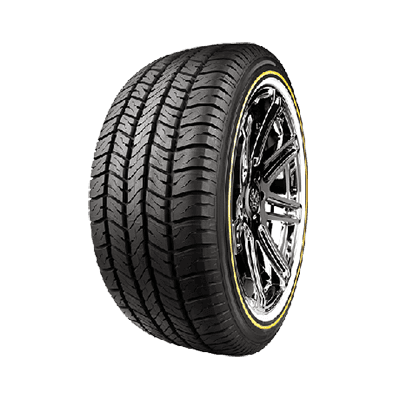
Nov . 14, 2024 10:45
Back to list
صمام تنظيم كهربائي
Understanding the Electric Regulation Valve A Key Component in Modern Systems
The electric regulation valve, often referred to as an electric control valve, plays a crucial role in modern industrial processes and building management systems. It is designed to manage the flow of fluids and gases, ensuring that systems operate efficiently and effectively. This article explores the purpose, functionality, and importance of electric regulation valves in various applications.
What is an Electric Regulation Valve?
An electric regulation valve is an automated valve that uses an electric actuator to control the opening and closing mechanism. This type of valve is particularly useful in applications where precise control over the flow rate, pressure, or temperature of fluids is necessary. They are widely utilized in heating, ventilation, and air conditioning (HVAC) systems, water treatment facilities, and various manufacturing processes.
How Does It Work?
The electric regulation valve operates through a series of components that work together to control fluid dynamics. At its core, the valve consists of a body with an inlet and outlet, along with a moving element that opens or closes to regulate flow. The electric actuator, which can be either a stepper motor or a servomotor, receives signals from a control system. This control system may include sensors that monitor flow rates and adjust the actuator accordingly.
.
Advantages of Electric Regulation Valves
صمام تنظيم كهربائي

1. Precision Control One of the most significant benefits of electric regulation valves is their ability to provide precise control over fluid flow. This precision is particularly vital in sensitive applications, such as chemical processing and pharmaceuticals, where exact measurements are crucial.
2. Energy Efficiency By optimizing the flow of fluids, electric regulation valves can help reduce energy consumption in systems such as HVAC. This not only decreases operational costs but also minimizes environmental impact.
3. Automation Electric regulation valves can be integrated into automated systems, allowing for remote monitoring and control. This capability enhances operational efficiency and reduces the need for constant manual oversight.
4. Safety Automated regulation helps maintain stable conditions within processes, which can prevent hazardous situations from developing, thereby enhancing overall safety.
Applications in Various Industries
Electric regulation valves find applications in numerous industries. In the HVAC sector, they help maintain optimal climate conditions by balancing the flow of air and water. In water treatment, they regulate the flow of chemicals necessary for purifying water. In manufacturing, they control the mixing of raw materials and the processing of liquids.
Conclusion
Electric regulation valves are indispensable components in contemporary industrial and environmental systems. Their ability to provide precise control over fluid flows, coupled with energy efficiency and safety benefits, makes them a vital technology in optimizing performance across various sectors. As industries continue to modernize and seek greater efficiency, the role of electric regulation valves will only become more significant. Understanding their functionality and value is essential for anyone involved in system design, operation, or maintenance.
Next:
Latest news
-
Safety Valve Spring-Loaded Design Overpressure ProtectionNewsJul.25,2025
-
Precision Voltage Regulator AC5 Accuracy Grade PerformanceNewsJul.25,2025
-
Natural Gas Pressure Regulating Skid Industrial Pipeline ApplicationsNewsJul.25,2025
-
Natural Gas Filter Stainless Steel Mesh Element DesignNewsJul.25,2025
-
Gas Pressure Regulator Valve Direct-Acting Spring-Loaded DesignNewsJul.25,2025
-
Decompression Equipment Multi-Stage Heat Exchange System DesignNewsJul.25,2025

